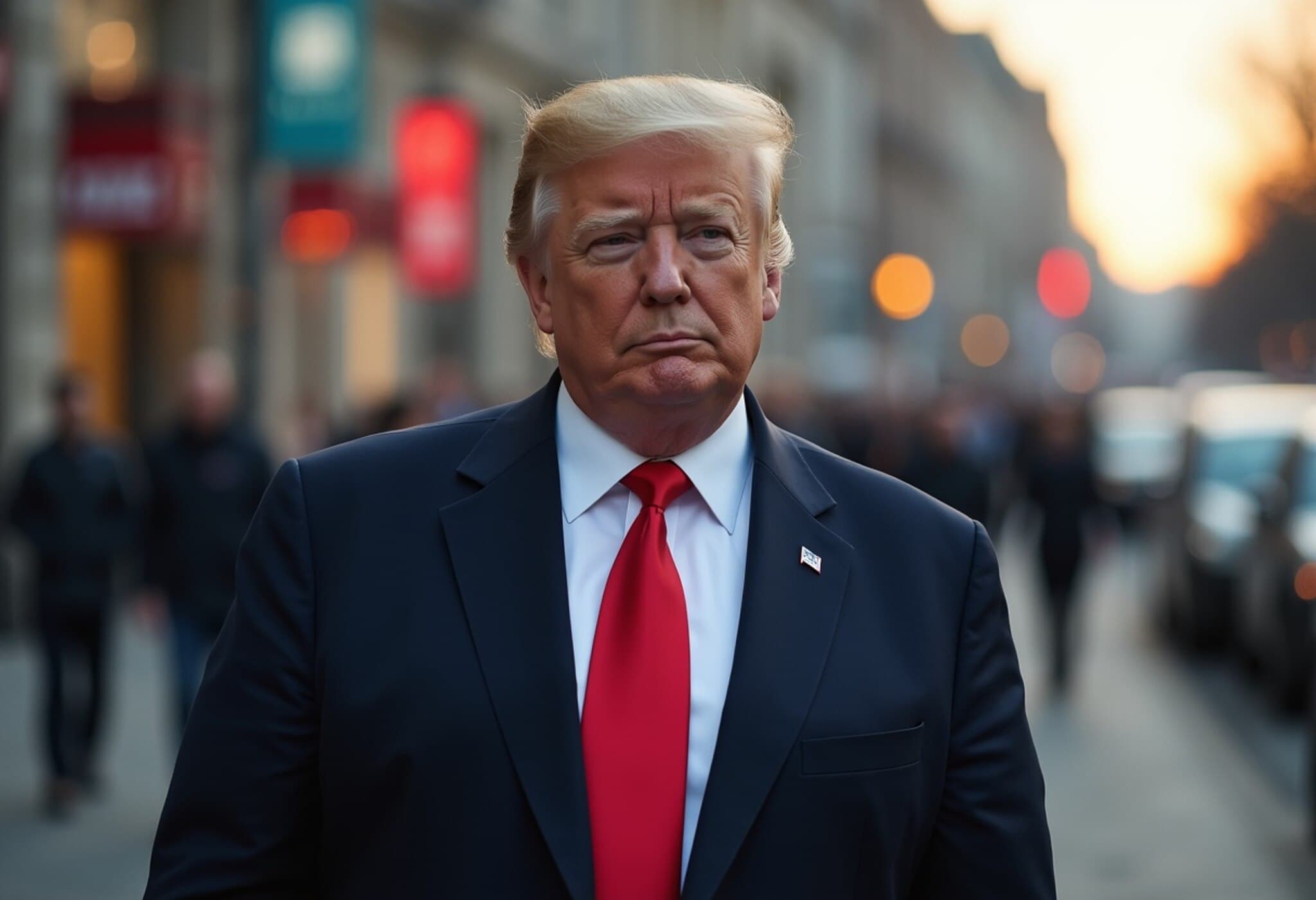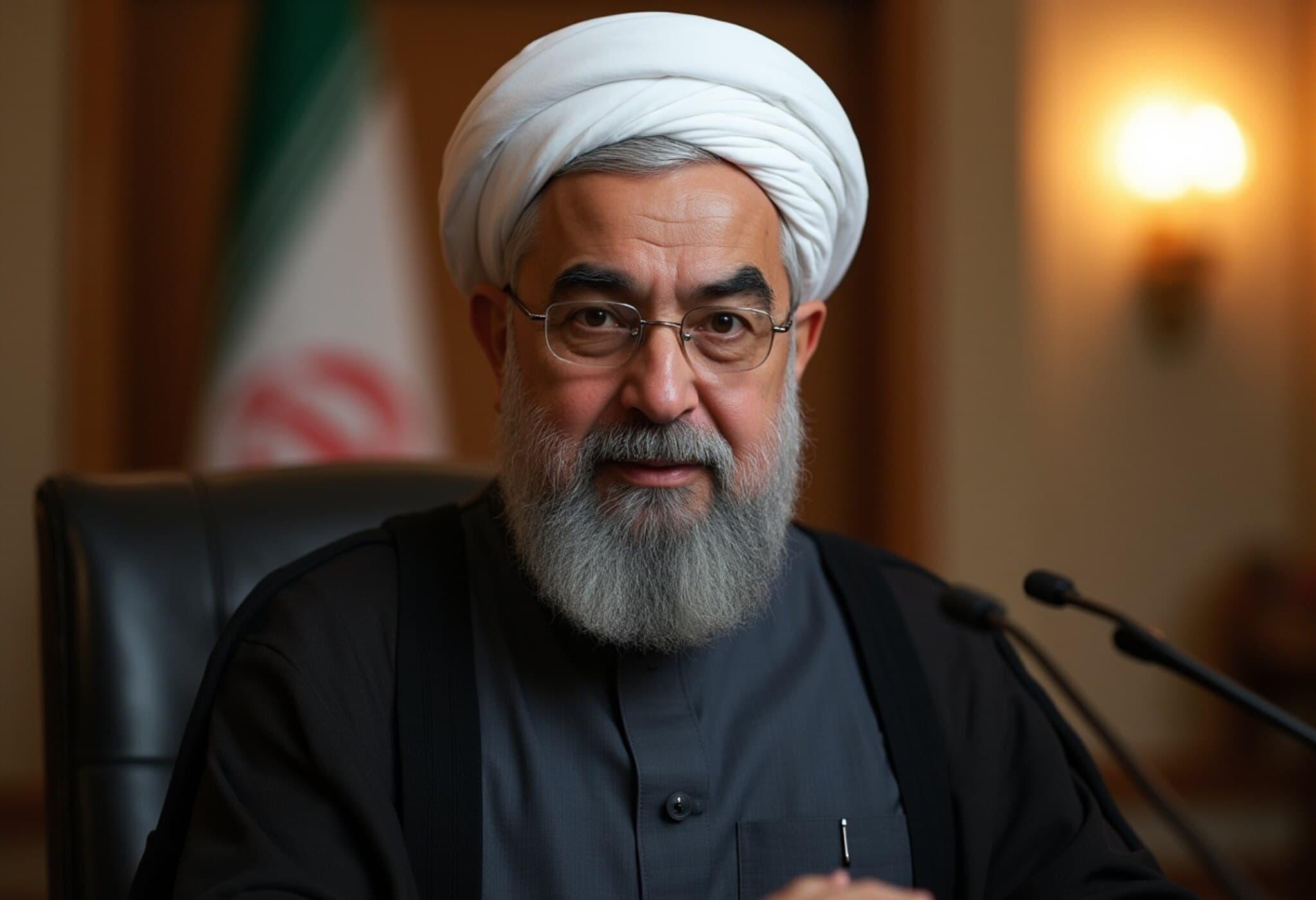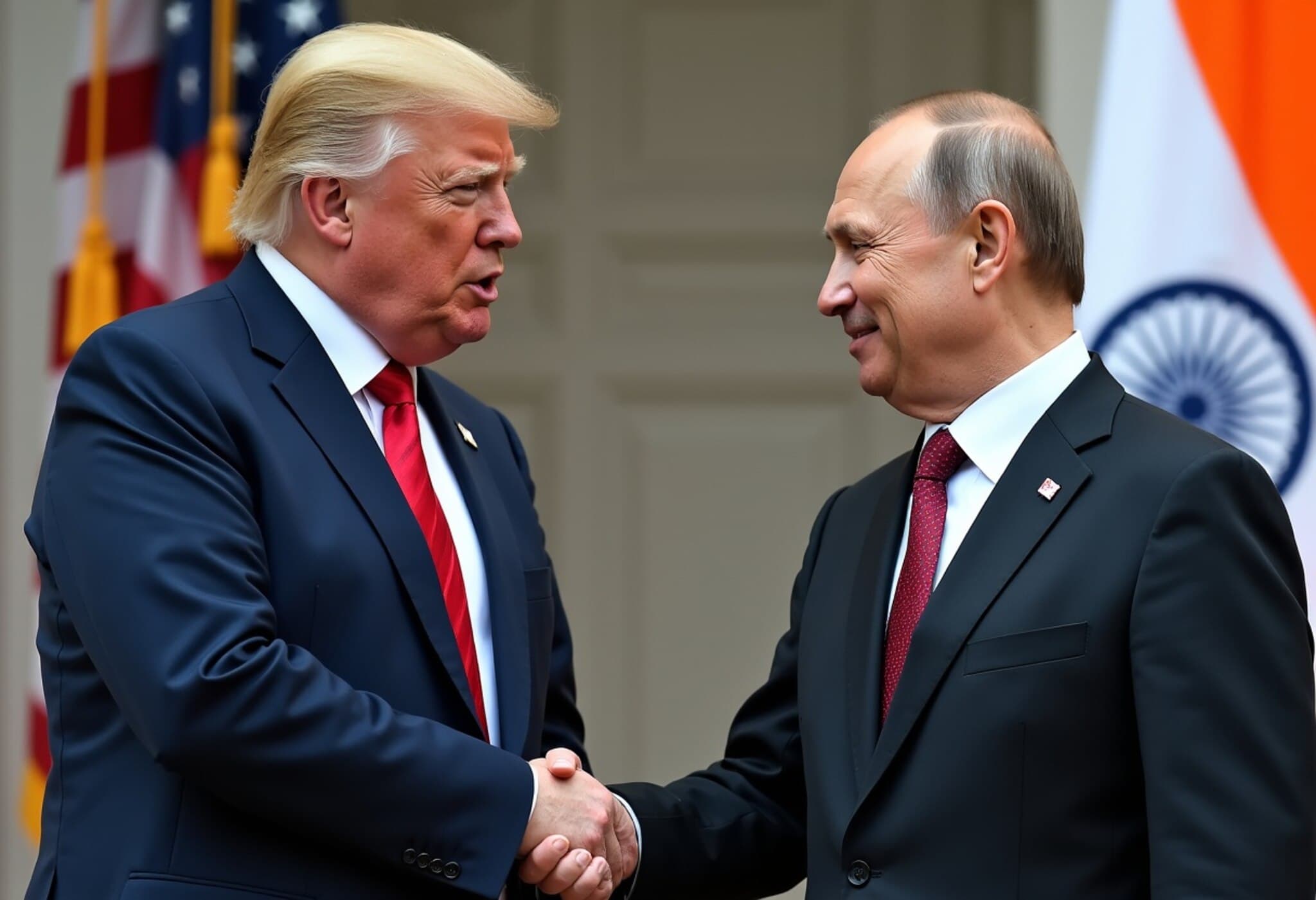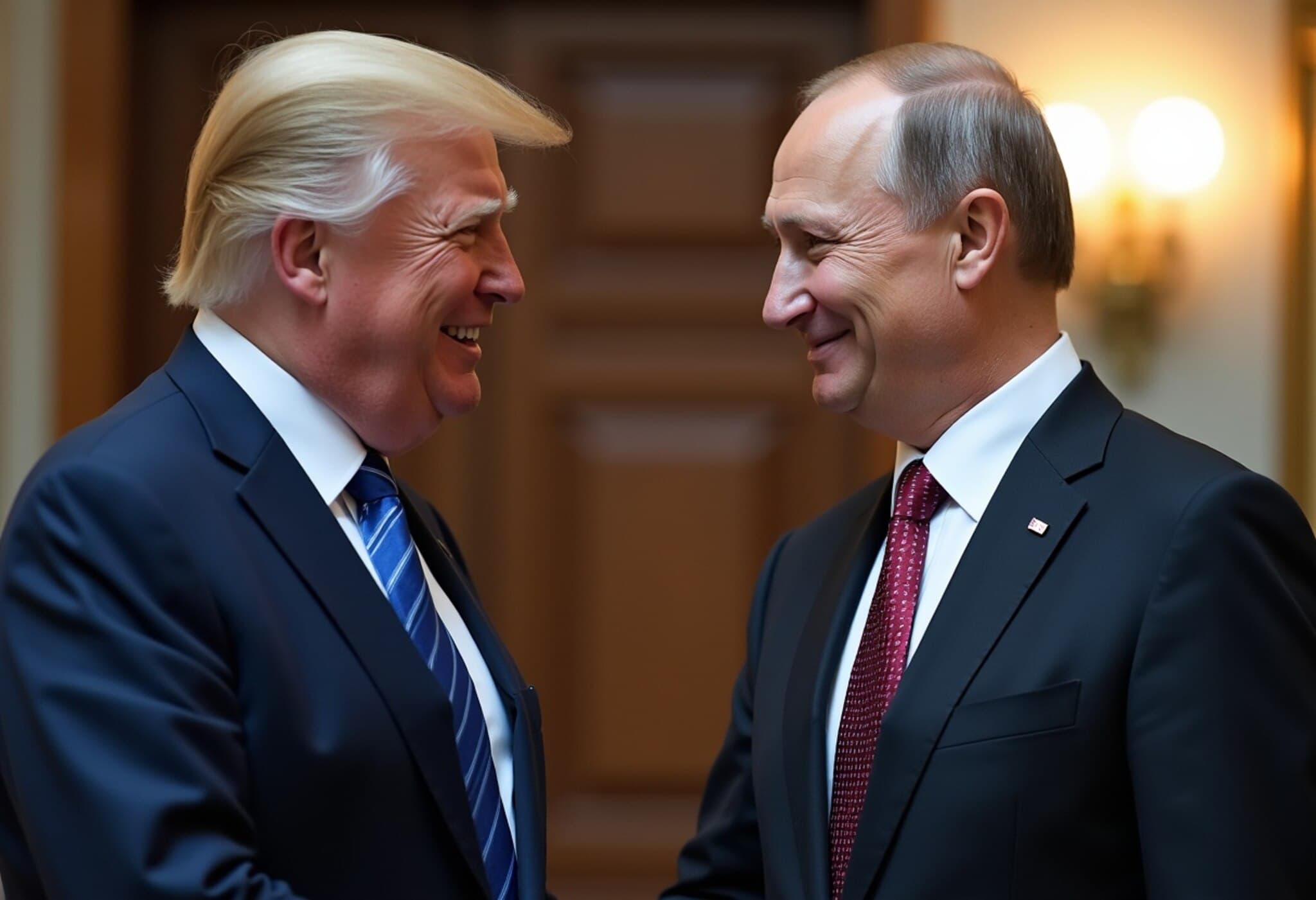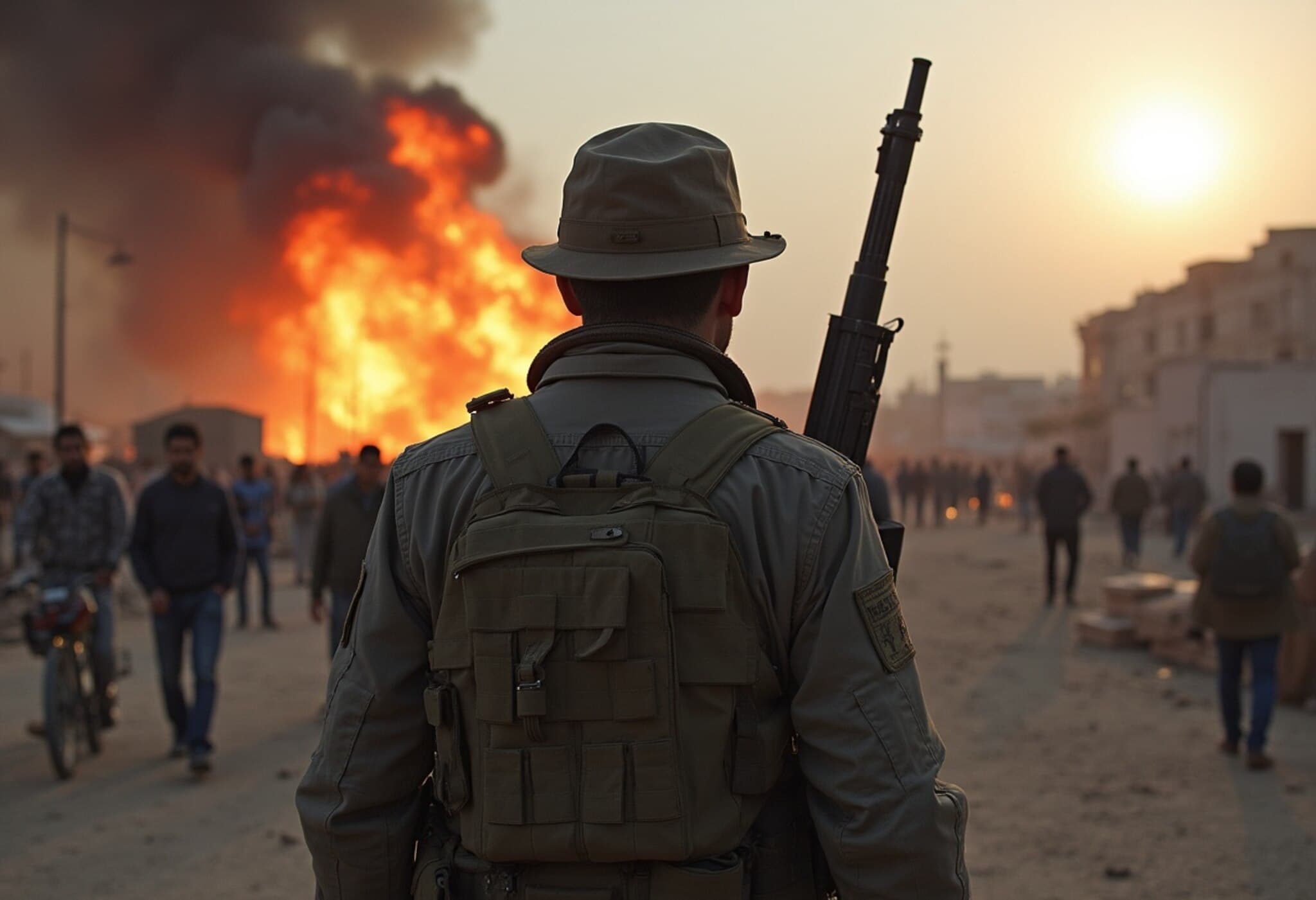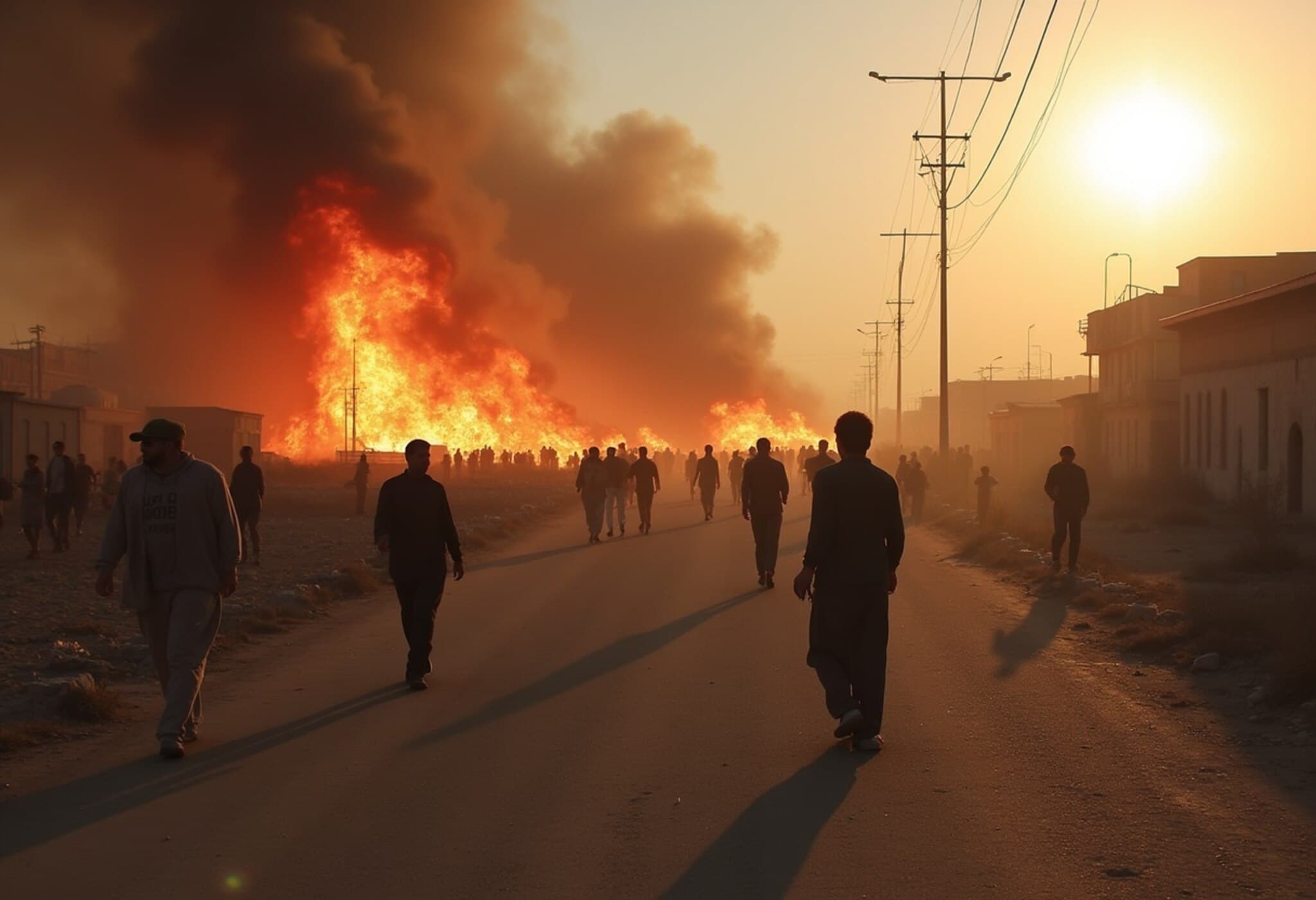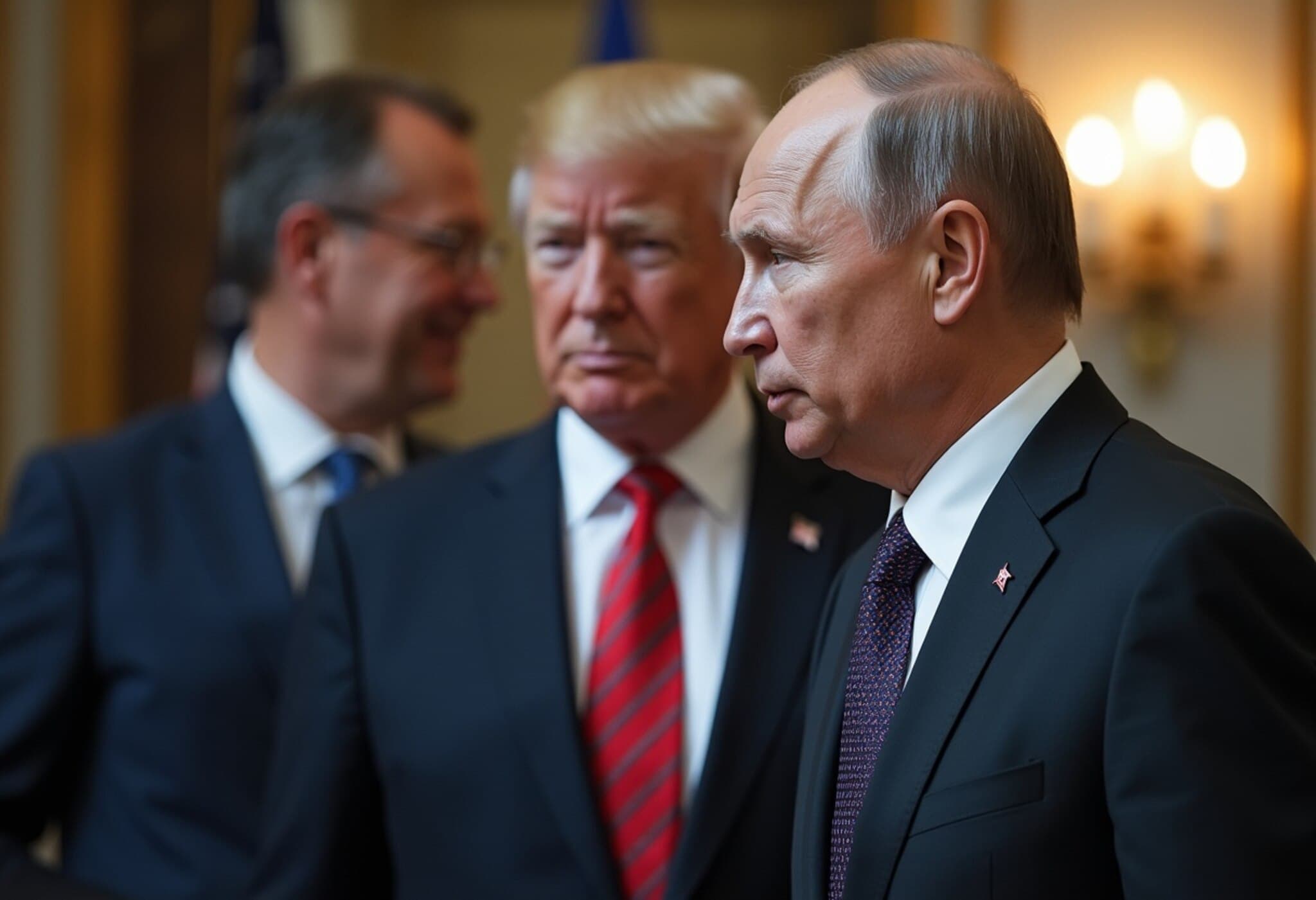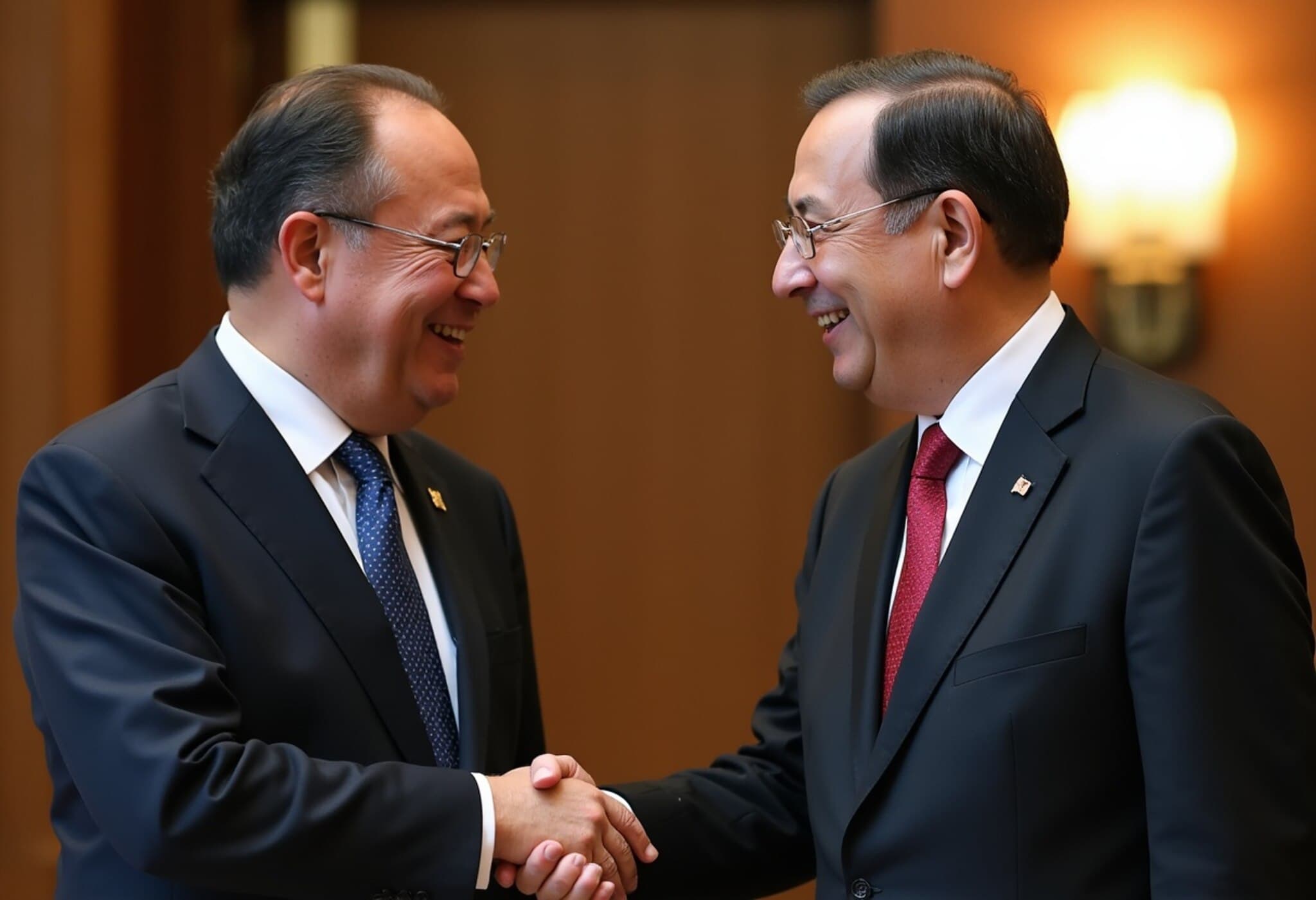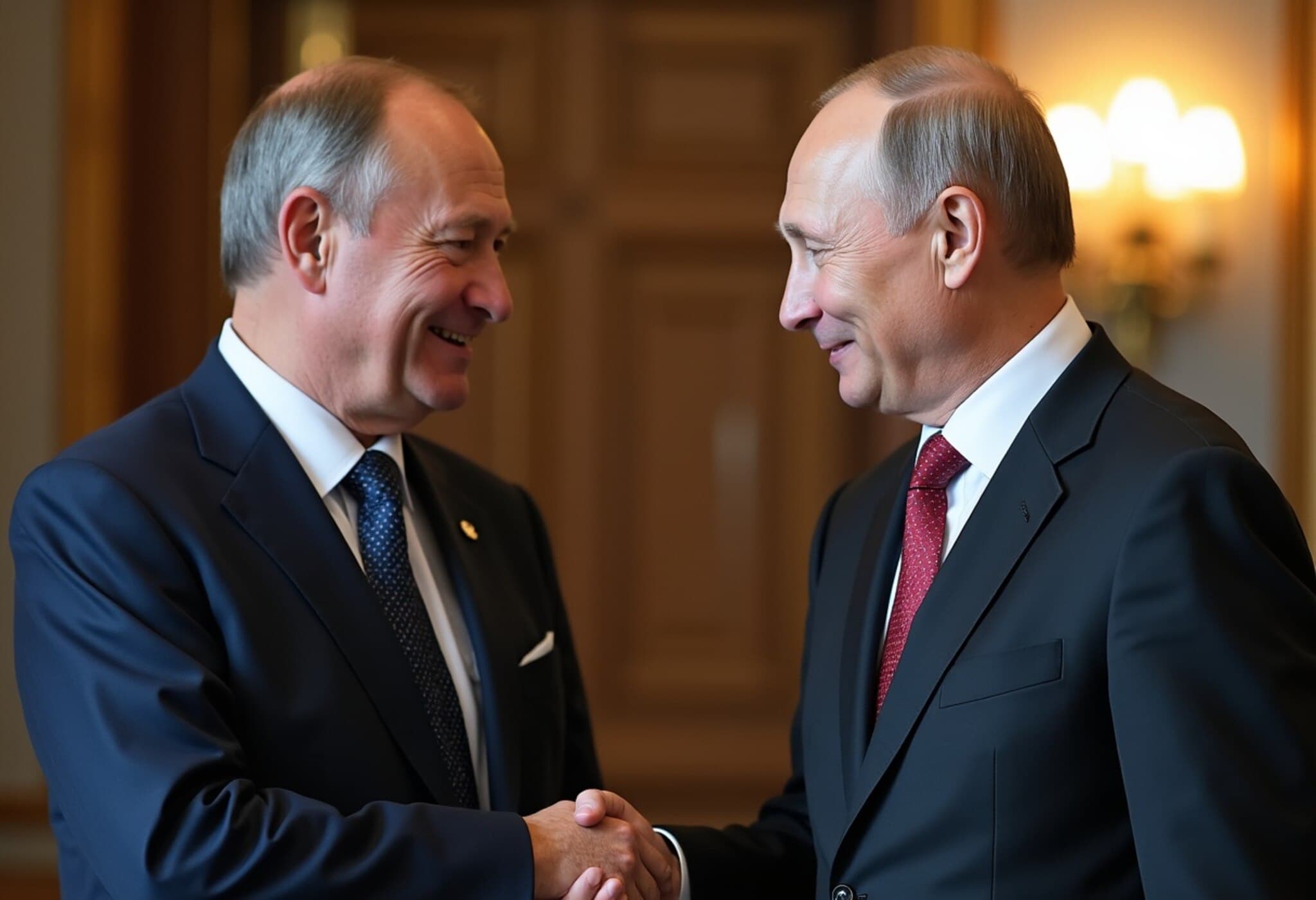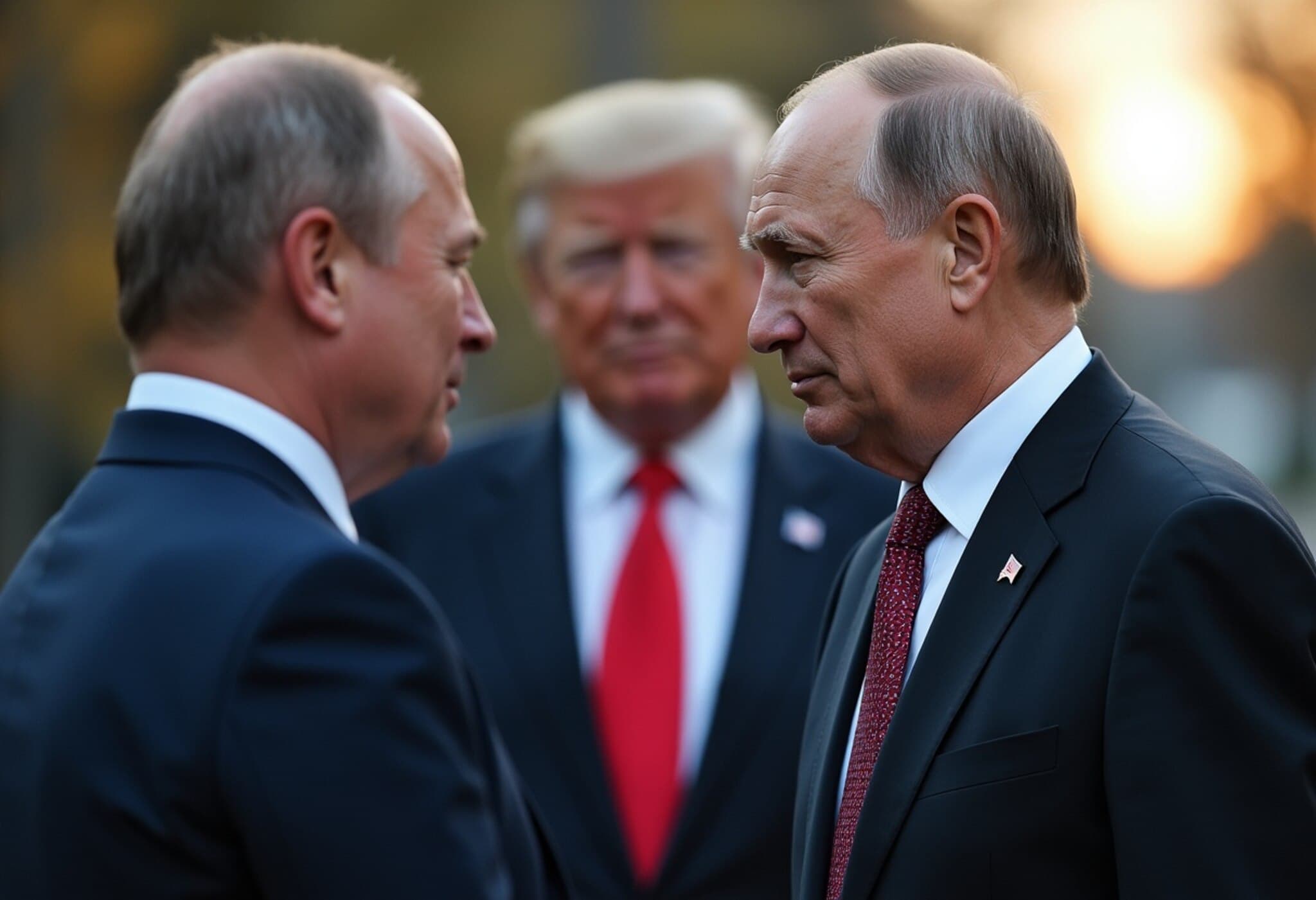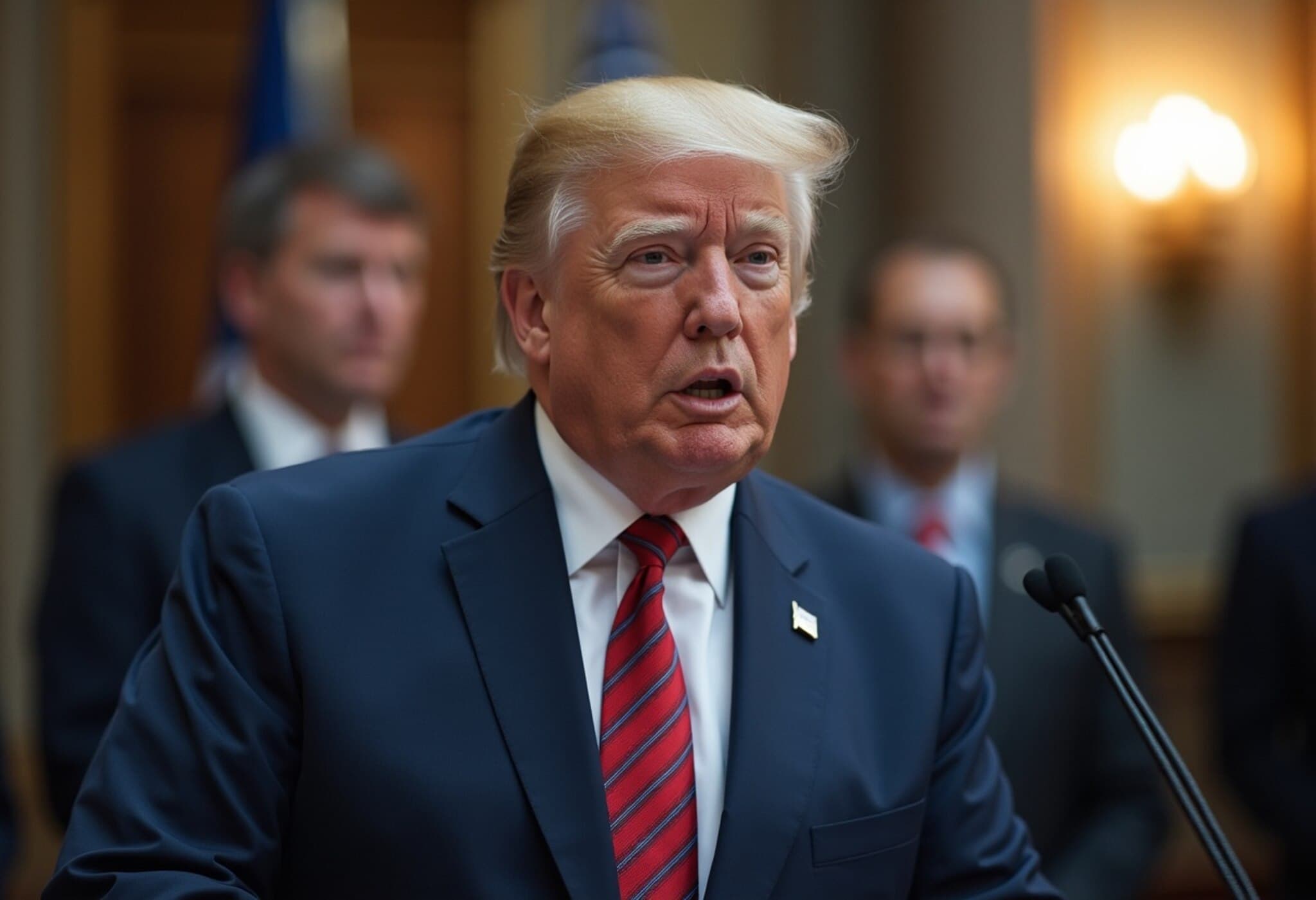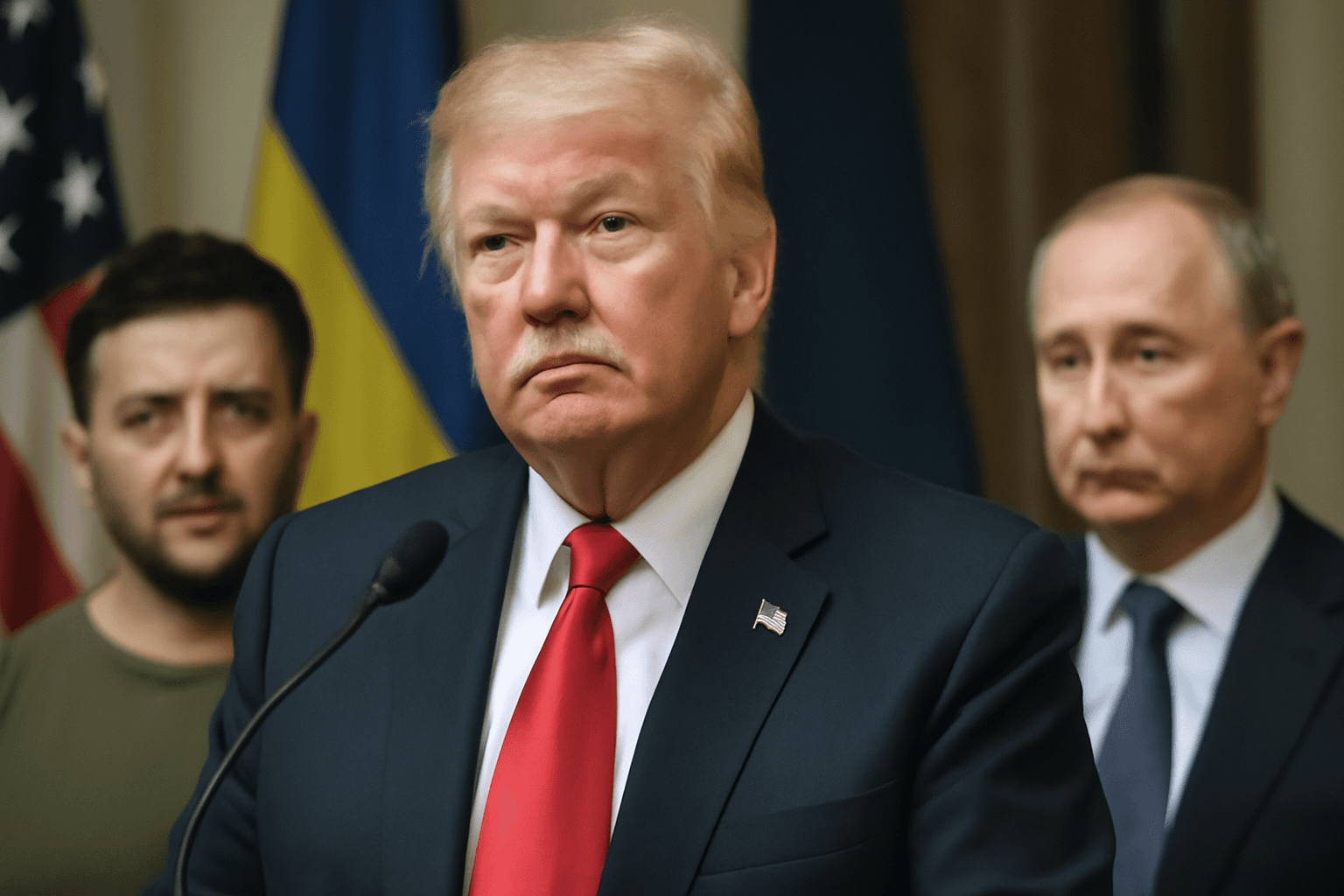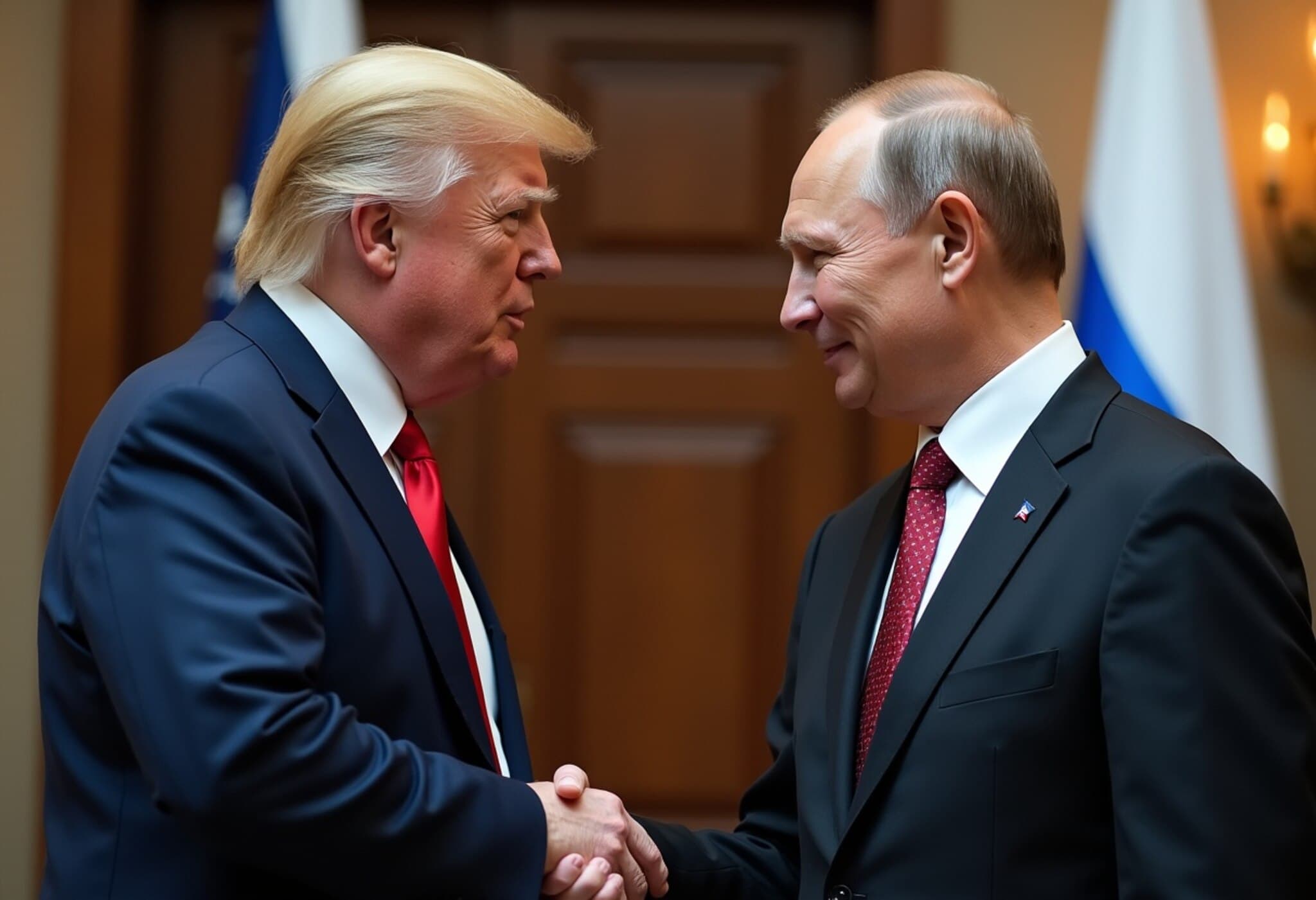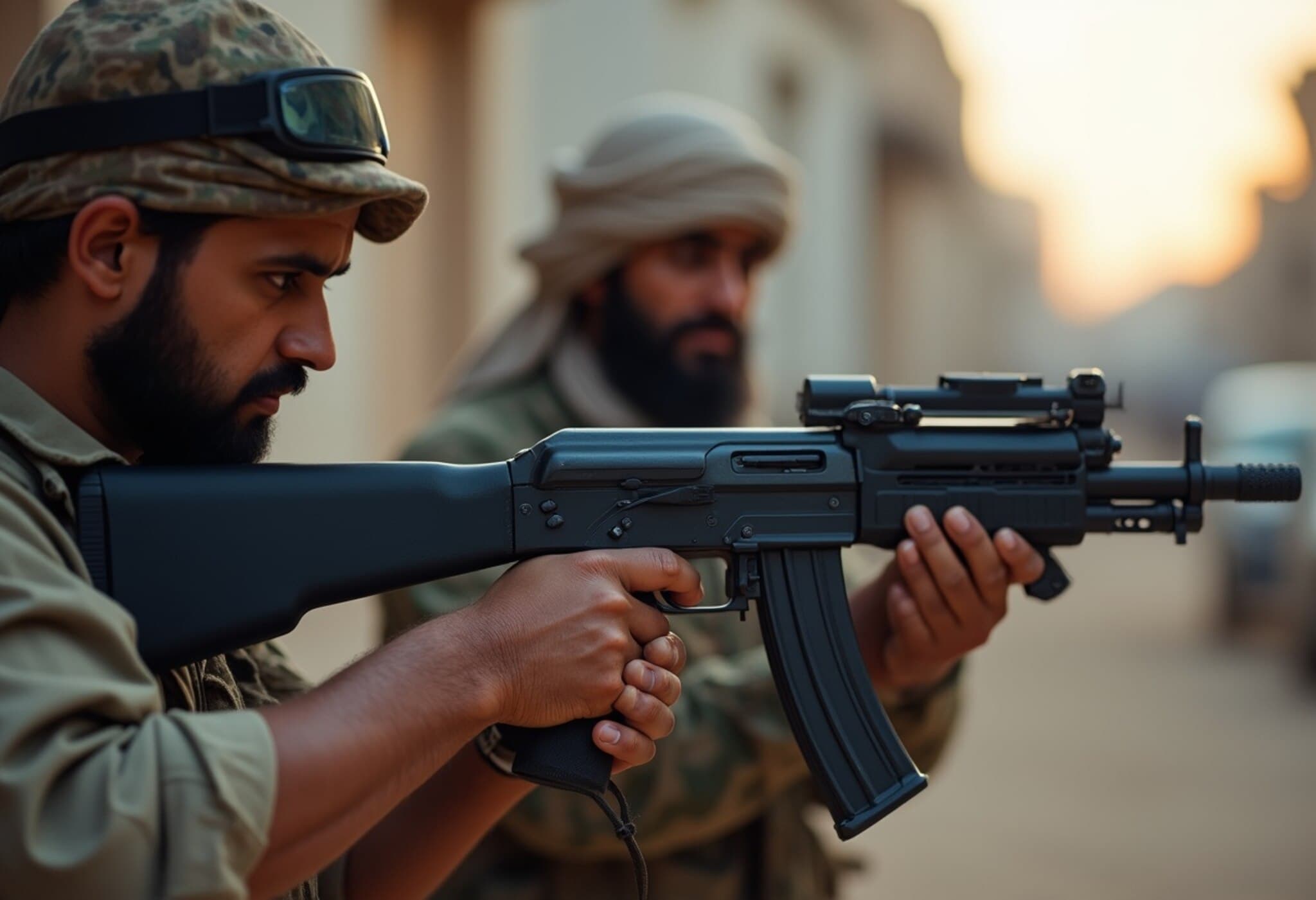Trump Administration Restricts Ukrainian Strikes on Moscow
In a notable shift in US policy regarding the ongoing conflict in Ukraine, former President Donald Trump has imposed restrictions on the use of new American weaponry, explicitly advising Ukraine against targeting Moscow and other major Russian cities. This move comes amid fresh arms deals promising substantial shipments of US military equipment to Kyiv, underscoring the complex balancing act the US faces in exerting pressure on Russia without escalating the war to potentially catastrophic levels.
Private Conversations Spark Public Clarification
The controversy began when news surfaced that Trump asked Ukrainian President Volodymyr Zelensky in a private July 4 phone call whether Ukrainian forces were capable of striking Moscow and St. Petersburg. The revelation ignited concerns over further escalation.
In response, the White House swiftly clarified that Trump’s question did not equate to encouragement of attacks on Russian cities. Press Secretary Karoline Leavitt emphasized, "President Trump was merely asking a question, not encouraging further killing. He’s working tirelessly to stop the killing and end this war." Trump himself reiterated that missile attacks on Moscow would be inappropriate while still maintaining pressure on Russian President Vladimir Putin to seek peace.
New Arms Assistance Package and Its Constraints
The latest US arms deal, announced on July 14, involves massive deliveries of Patriot missile defense systems, ammunition, and other weapons designed to bolster Ukraine’s defensive and offensive capabilities. Funded in part by NATO allies, these systems aim to enhance Ukraine’s ability to intercept Russian missiles while also providing munitions for counterattacks.
While previous US administrations, including President Joe Biden’s, have exhibited caution in extending the range of artillery and missile systems supplied to Ukraine—initially limiting the use of long-range strike weapons—Trump’s administration went a step further by publicly restricting attacks on Russian heartlands.
The US has provided Ukraine with HIMARS (High Mobility Artillery Rocket Systems) and ATACMS (Army Tactical Missile Systems). The HIMARS have an operational range of up to 300 kilometers, and ATACMS can extend up to roughly the same distance, though development efforts hint at ranges approaching 499 kilometers. Given Moscow lies approximately 650 kilometers from Ukraine’s eastern frontlines, these weapons' operational reach is inherently limited. Ukraine’s use of weaponized drones, which have reached deeper into Russian territory, remains a separate albeit potent factor.
Geopolitical and Military Implications
Trump’s caution in this instance reflects a broader geopolitical predicament: how can the US and Ukraine apply enough pressure to compel Russia to negotiate peace without triggering a wider conflagration, possibly involving nuclear escalation?
Russian missile and drone attacks on Ukraine in June reportedly resulted in over 230 casualties, highlighting the brutal cost endured by civilians on the ground. Meanwhile, Russia has shown resilience against western economic sanctions and political ultimatums. Former Russian President Dmitry Medvedev dismissed Trump’s call for a peace deal as "theatrical," suggesting Russia remains unfazed by Western pressure.
Insight from Kremlin sources, as reported by Reuters, indicates that President Putin perceives no serious peace negotiations from the Western side and intends to continue military operations until Russia’s objectives are met. Despite ongoing communications—including direct calls between Trump and Putin and US diplomatic engagement—Moscow appears steadfast in its approach, prioritizing national interests above conciliatory overtures.
Contextualizing the US Policy Stance
From a policy analysis perspective, Trump’s warnings against targeting Moscow underscore a strategic intent to avoid escalation beyond Ukraine’s borders—a reflection of enduring fears surrounding nuclear deterrence and the risks of war expansion. As the US continues to provide Ukraine with advanced weaponry, the implicit message is clear: use force judiciously, avoid provoking Moscow’s core territories, and seek a diplomatic path where possible.
This restraint poses critical questions for policymakers and analysts:
- How sustainable is Ukraine’s defense strategy if offensive capabilities remain capped?
- What are the long-term implications for NATO and US-Russia relations if the conflict drags on unresolved?
- Could renewed diplomatic engagement centered on realistic peace terms gain momentum under these dynamics?
Looking Ahead: A Fragile Balance
As Ukraine continues its struggle to repel Russian advances, the international community watches closely. The delicate tightrope walked by the US administration—balancing military assistance with diplomatic caution—reflects the immense stakes involved.
Trump’s recent statements serve as a reminder that while the US aims to empower Ukraine, it remains wary of inadvertently igniting a broader war. This stance, though controversial, reflects the enduring complexity underpinning one of the most fraught conflicts of the 21st century.
Trump’s directive against targeting Moscow conveys a strategic caution against escalation but leaves Ukraine’s military options constrained. The evolving US policy raises pressing questions about achieving peace without compromising Ukrainian sovereignty. Readers are encouraged to consider how international actors can balance deterrence with diplomacy to navigate this precarious conflict.

